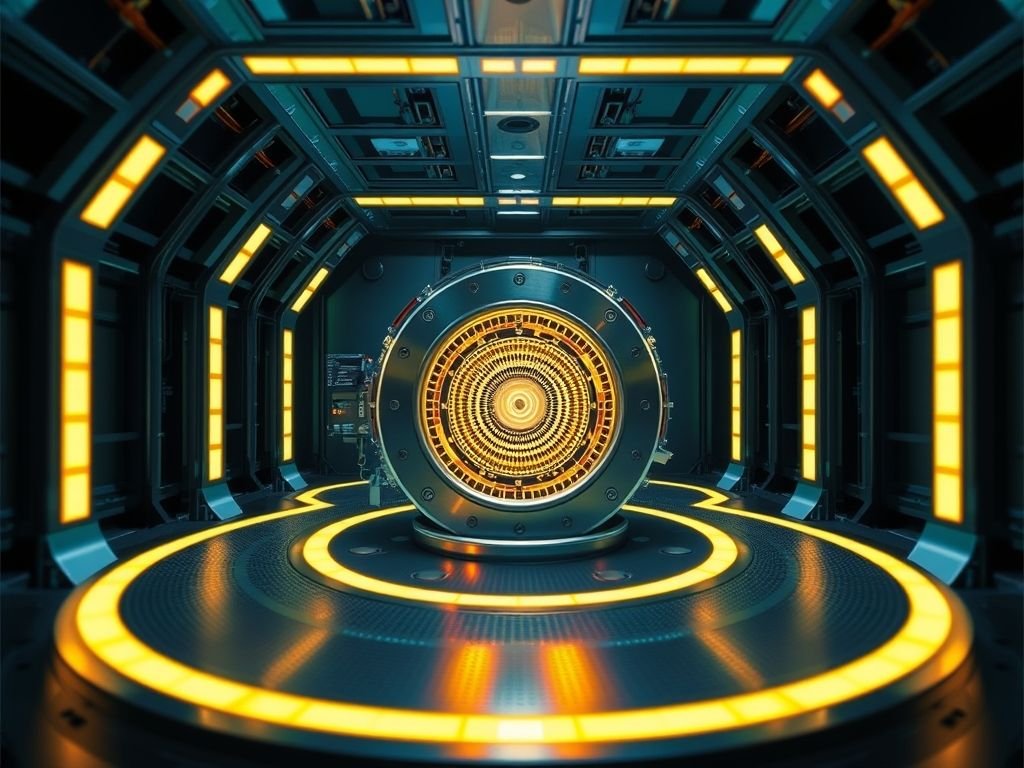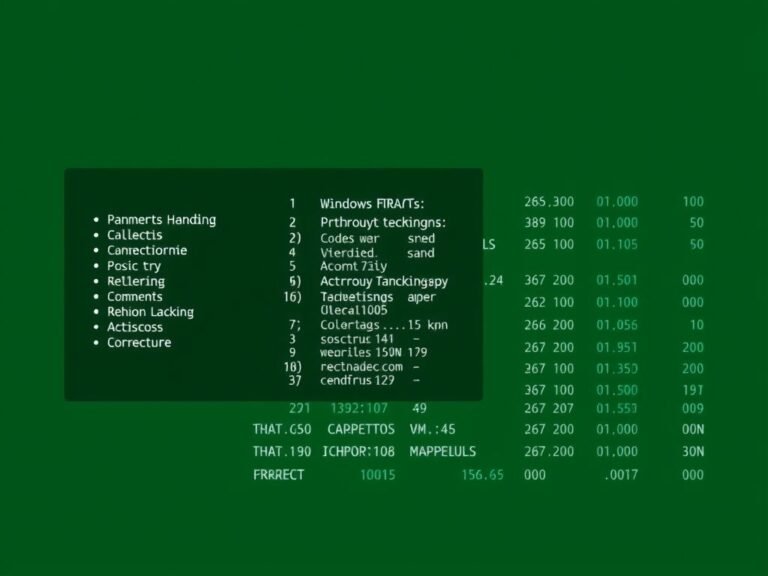Petawatt Lasers May Replace Giant Accelerators in Future Chip Factories

Petawatt Lasers May Replace Giant Accelerators in Future Chip Factories
Developing a high-performance, scalable, and industrially viable light source for semiconductor lithography remains one of the most demanding engineering feats in modern manufacturing. Currently, ASML stands alone as the only company to have successfully commercialized extreme ultraviolet (EUV) light systems for mass-producing the world’s most advanced chips.
However, a new player is entering the field with an ambitious vision: Inversion Semiconductor, a San Francisco-based startup supported by Y Combinator, is developing a novel light source based on a miniaturized particle accelerator. The company claims its solution could deliver up to 33 times more power than current EUV technology, potentially enabling the production of even smaller and more complex chip features.
The core of Inversion’s innovation lies in its “tabletop-scale” particle accelerator , which is engineered to be 1000 times smaller than conventional accelerators while still generating up to 10 kW of output power . By using a method known as laser wakefield acceleration (LWFA) , the system could either accelerate chip manufacturing speeds by up to 15 times — when powering a single lithography tool — or support multiple tools simultaneously, significantly lowering operational costs.
Despite its promising potential, the project faces significant technical and logistical hurdles. The technology relies on petawatt-level laser systems , which are not only expensive but also consume large amounts of energy. Moreover, unless Inversion forms a strategic partnership with established players like ASML or other lithography equipment manufacturers, it would need to develop its own full-scale lithography systems — a costly and time-intensive process that could delay commercialization.
Still, if successful, Inversion Semiconductor’s approach could represent a major shift in how next-generation chips are manufactured, offering a more compact, powerful, and potentially cost-effective alternative to existing methods.
Inversion Semiconductor Aims to Outpower ASML with Compact Particle Accelerator Tech
Founded in 2024 by Rohan Karthik (CEO) and Daniel Vega (CTO), both holding advanced degrees in mechanical engineering and applied physics, Inversion Semiconductor is a tech startup backed by the renowned accelerator Y Combinator. The company’s mission is to revolutionize semiconductor manufacturing by developing a compact, high-output light source based on particle accelerator technology.
Their proposed system aims to deliver an impressive 10 kW of output power — a figure that’s 10 times more powerful than what ASML expects to achieve with its EUV light sources over the next decade.
This novel approach could generate laser light with wavelengths ranging from 20nm down to 6.7nm , including the widely used 13.5nm wavelength currently employed by ASML for both Low-NA and High-NA EUV lithography systems.
Light below the 10nm threshold falls into the category of soft X-rays , which are not yet used in commercial chipmaking due to their high absorption rates in most materials. However, this spectrum holds significant potential for future research and could open new frontiers in advanced semiconductor lithography — although practical implementation remains a long-term challenge.
While still in early development, Inversion Semiconductor’s vision could represent a major leap forward in how light sources are designed and deployed for next-generation chip fabrication.
From Light Source to Full Lithography Systems: Inversion Semiconductor’s Bold Vision
Inversion Semiconductor isn’t just aiming to develop a new light source for chip manufacturing — its ambitions go much further. The company has set its sights on building entire lithography systems , positioning itself as a potential competitor to industry giant ASML in the long run.
The use of particle accelerators as light sources in semiconductor lithography is not entirely new and has been widely studied across research institutions. However, Inversion’s approach stands out due to its focus on “tabletop particle accelerators” , which can accelerate electrons to extremely high energies over just a few centimeters — a dramatic improvement compared to traditional accelerators like CERN’s Large Hadron Collider, which require kilometers of space.
How Laser Wakefield Acceleration Powers the Future of Chipmaking
At the heart of Inversion’s technology lies the Laser Wakefield Acceleration (LWFA) method — a fundamentally different approach from those used by ASML or large-scale physics labs like CERN.
LWFA uses ultra-short, high-intensity laser pulses that pass through plasma, a state of matter composed of free electrons and positively charged ions. As these powerful laser pulses travel through the plasma, they displace electrons and generate intense electric fields — forming what are known as plasma wakefields .
These wakefields act like waves in the ocean, and when electrons get trapped within them, they are accelerated rapidly to very high energies — all within a distance measured in centimeters. According to researchers at Imperial College London, this technique can produce acceleration fields up to 100–1000 times stronger than those found in conventional accelerators.
What Makes LWFA Special for Semiconductor Manufacturing?
Once accelerated, these high-energy electrons can be used in various applications, including the generation of compact X-ray sources and advanced lithography tools for semiconductor production.
Unlike traditional EUV sources, the radiation produced via LWFA is coherent , monochromatic , and tunable , allowing it to reach wavelengths shorter than 13.5 nm — such as the promising 6.7 nm target . While such wavelengths are not yet ready for industrial deployment, they represent a significant leap forward in enabling future generations of smaller, more powerful chips.
This breakthrough also enables the miniaturization of high-energy electron acceleration systems, shrinking them from massive facilities to desktop-sized devices , potentially sparking a wave of innovation across the semiconductor industry.
Inversion’s Short-Term Goals and Research Collaborations
So far, Inversion Semiconductor has made early progress by establishing a laser laboratory within Y Combinator’s offices, where it’s developing new techniques for laser stabilization and testing initial LWFA prototypes capable of generating short-wavelength radiation.
The company has also formed strategic partnerships with leading research institutions, including the Lawrence Berkeley National Laboratory and the BELLA Center , to collaborate on the BELLA-LUX project . This initiative focuses on improving laser stability and optimizing the production of usable light for semiconductor applications — key steps toward bringing its vision closer to reality.
Challenges and Limitations: Why Inversion’s Vision Faces Big Hurdles
On paper, Inversion Semiconductor’s plan to build a next-generation, compact light source for chipmaking using Laser Wakefield Acceleration (LWFA) looks promising. The technology offers high power output, shorter wavelengths, and the potential to revolutionize semiconductor lithography. However, like many ambitious tech ventures, the road from theory to real-world application is filled with major challenges.
1. Power Demands and Laser Complexity
While LWFA systems are small in size, they depend on petawatt-class ultrafast laser systems , which are anything but compact. These lasers are not only massive, complex, and expensive , but also require intensive cooling and maintenance — something that hasn’t yet been tested under continuous, industrial fab conditions.
Additionally, it remains unclear whether Inversion can achieve a consistent laser repetition rate , which is essential for stable and reliable production environments in semiconductor manufacturing.
2. Beam Quality and Stability Issues
Even leading researchers, including those at the John Adams Institute for Accelerator Science at Imperial College London, acknowledge that LWFA produces electron beams with higher energy spread and divergence beyond 1 GeV. This variability poses a significant challenge for lithographic precision , where light must be extremely stable in wavelength, direction, and coherence .
Any instability in beam quality could lead to inconsistent patterning , reduced chip yields , and performance variations across batches — all critical issues in high-stakes chip fabrication.
3. Optics Compatibility and Ecosystem Development
Currently, Inversion’s proposed system could work with existing EUV optics and mirrors designed for ASML’s 13.5 nm tools. But if the company moves toward sub-10 nm wavelengths , such as its target of 6.7 nm , it will need to develop an entirely new set of mirrors, lenses, and optical components .
This would require building a new ecosystem of hardware and materials , which is both time-consuming and costly. Alternatively, integrating LWFA light sources into existing EUV scanners would still demand significant changes — including new beam shaping, focusing, and metrology systems .
Even if technically feasible, convincing ASML — the dominant player in EUV lithography — to support third-party light sources seems highly unlikely. Meanwhile, competitors like Canon and Nikon have yet to break into the EUV market, making them less viable partners for collaboration.
4. Lack of Industrial Production Experience
Perhaps the biggest hurdle for Inversion isn’t just technical — it’s operational. As a startup, the company lacks experience in designing, manufacturing, and maintaining high-volume, 24/7 production tools used in modern semiconductor fabs.
Such systems must be:
- Highly reliable
- Quickly serviceable
- Fully compatible with other factory equipment
Developing this level of industrial capability from scratch is a massive undertaking — especially when competing against established players like ASML, which has spent decades perfecting its systems.
The Bigger Picture: Ambition vs. Reality
Inversion Semiconductor aims to create a 10 kW LWFA-based light source — a figure that’s 10 times more powerful than what ASML plans to deliver over the next decade. The company claims this could either speed up chip production by 15 times or allow one light source to power multiple lithography systems simultaneously , cutting costs significantly.
However, the path forward is fraught with obstacles:
- High power consumption and cost of petawatt lasers
- Technical limitations in beam stability and control
- Need to develop a new ecosystem of optics and scanners
- Lack of experience in industrial-scale tool production
Unless Inversion forms strategic partnerships — particularly with ASML or other lithography manufacturers — or secures long-term R&D funding, bringing this vision to life may take years, if not decades.
Still, if successful, Inversion’s approach could mark a turning point in how we think about light sources and lithography systems in the race for ever-smaller and more powerful chips.





